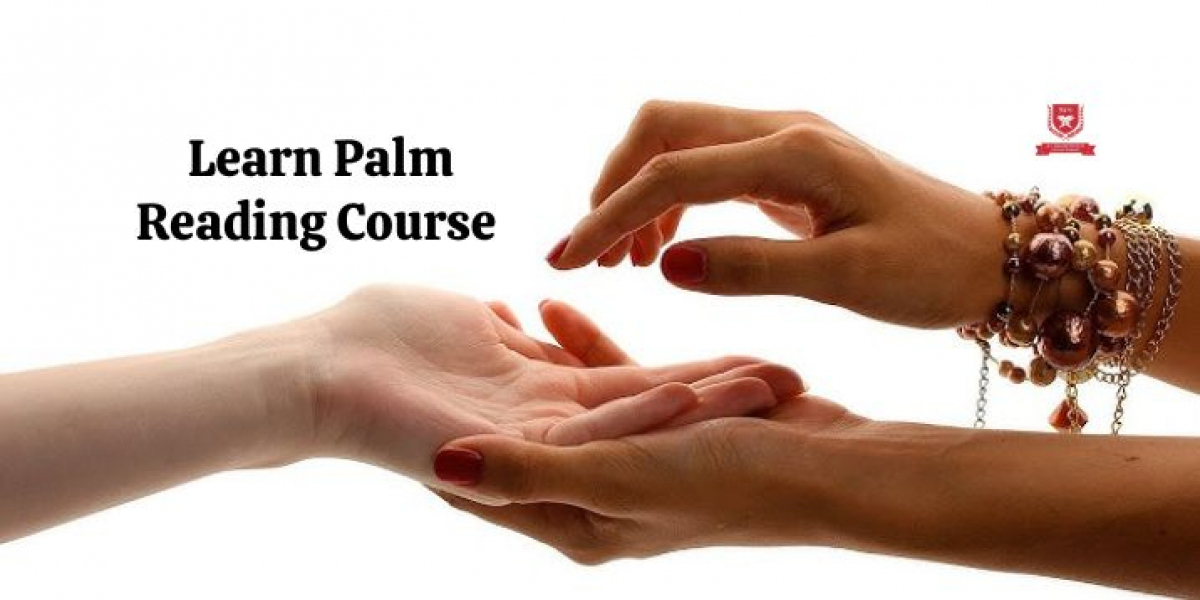Palm reading, also known as chiromancy or palmistry, is the practice of interpreting the lines, shapes, and features of the hands to gain insights into a person's character, personality, and potential future events. Rooted in ancient traditions, palmistry has been practiced in various cultures around the world, including India, China, Egypt, and Greece.
Key Components of Palm Reading
1. Lines on the Palm
The primary focus in palmistry is the interpretation of the major lines on the palm. Each line is believed to represent different aspects of an individual's life.
Heart Line
- Location: The top of the palm, running horizontally beneath the fingers.
- Represents: Emotional state, relationships, and matters of the heart.
- Interpretation: A deep, clear line may indicate strong emotional stability, while a faint or broken line might suggest emotional turbulence or challenges in relationships.
Head Line
- Location: Below the heart line, running horizontally across the middle of the palm.
- Represents: Intellectual tendencies, communication style, and decision-making abilities.
- Interpretation: A long, straight head line can signify logical thinking, whereas a curved or fragmented line may indicate creativity or a more intuitive approach.
Life Line
- Location: Curving around the base of the thumb towards the wrist.
- Represents: Vitality, physical health, and major life changes.
- Interpretation: Contrary to popular belief, the life line does not predict lifespan. Instead, its depth and length can reflect one's energy levels and how they handle life's challenges.
Fate Line (Career Line)
- Location: Running vertically from the base of the palm towards the middle finger.
- Represents: Career path, life purpose, and external influences.
- Interpretation: A strong, clear fate line may indicate a focused career path, while a faint or absent line might suggest flexibility or a lack of defined purpose.
Sun Line (Apollo Line)
- Location: Parallel to the fate line, near the ring finger.
- Represents: Creativity, fame, and personal achievements.
- Interpretation: Presence of a sun line can denote artistic talent or success in creative endeavors.
Read Also: Palmistry rich line
2. Mounts of the Palm
The palm is divided into various mounts, each associated with different planets and qualities. The prominence and shape of these mounts contribute to the overall palm reading.
Mount of Venus (Base of the Thumb)
- Represents: Love, passion, and vitality.
- Interpretation: A well-developed Mount of Venus suggests a passionate and affectionate nature.
Mount of Jupiter (Above the Index Finger)
- Represents: Ambition, leadership, and confidence.
- Interpretation: A prominent Mount of Jupiter indicates strong leadership qualities and a desire for recognition.
Mount of Saturn (Below the Index Finger)
- Represents: Responsibility, discipline, and wisdom.
- Interpretation: A defined Mount of Saturn can signify a serious and disciplined personality.
Mount of Apollo (Above the Middle Finger)
- Represents: Creativity, artistry, and success.
- Interpretation: A well-developed Mount of Apollo is associated with creative talents and a drive for success.
Mount of Mercury (Below the Ring Finger)
- Represents: Communication, wit, and commerce.
- Interpretation: A prominent Mount of Mercury suggests strong communication skills and business acumen.
Mount of Moon (Below the Little Finger)
- Represents: Intuition, imagination, and emotional depth.
- Interpretation: A developed Mount of Moon indicates a highly intuitive and imaginative individual.
Read Also: Palmistry Love Line
3. Hand Shapes and Elements
Hands are often categorized based on their shape and associated elements, each reflecting different personality traits.
Earth Hands (Square Palms, Short Fingers)
- Element: Earth
- Traits: Practical, reliable, and grounded.
Air Hands (Square or Rectangular Palms, Long Fingers)
- Element: Air
- Traits: Intellectual, communicative, and analytical.
Fire Hands (Square or Rectangular Palms, Short Fingers)
- Element: Fire
- Traits: Energetic, passionate, and adventurous.
Water Hands (Long, Slender Palms, Long Fingers)
- Element: Water
- Traits: Emotional, intuitive, and sensitive.
Interpretation and Skepticism
While many individuals find personal meaning and guidance in palmistry, it's essential to approach it with an open mind and a critical perspective. Palm reading is considered a form of divination or fortune-telling, and its interpretations are subjective. There is no scientific evidence supporting the predictive accuracy of palmistry, and it should not replace professional advice, especially in matters concerning health, finances, or personal well-being.
Getting Started with Palm Reading
If you're interested in exploring palmistry further, consider the following steps:
- Study the Basics: Learn about the major lines, mounts, and hand shapes. Numerous books and online resources are available for beginners.
- Practice Observation: Regularly examine your own hands and those of friends or family members to understand the variations and nuances.
- Consult Professionals: Engaging with experienced palm readers can provide deeper insights and practical guidance.
- Maintain Skepticism: While exploring palmistry can be fascinating, remember to balance curiosity with critical thinking.
Conclusion
Palm reading is an intriguing practice that offers a unique lens through which to view oneself and others. Whether seen as a spiritual tool, a cultural tradition, or a form of entertainment, palmistry continues to captivate people around the world. If you choose to delve into this art, approach it with both enthusiasm and discernment to fully appreciate its rich history and varied interpretations.









